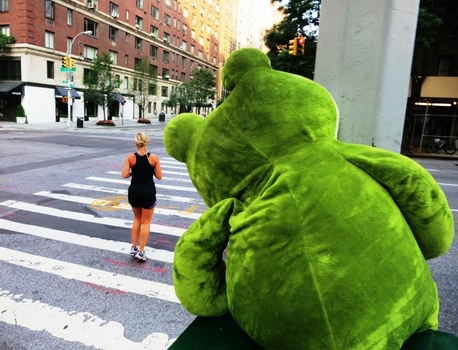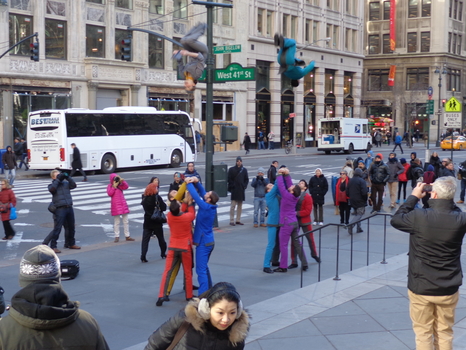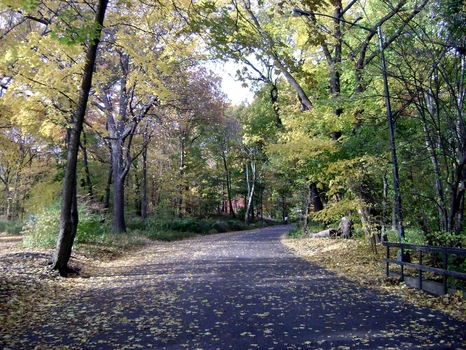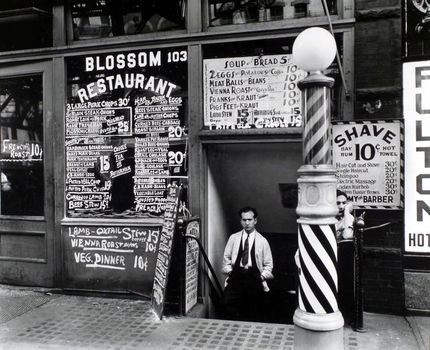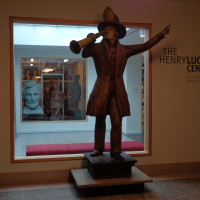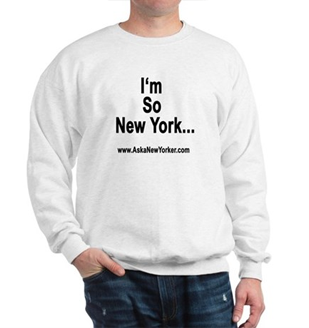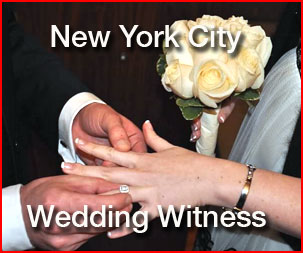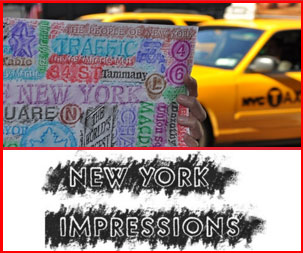When we think of history, we often think of the past. We do not consider that history is within us. History is the core of our being and the foundation upon which we stand to view the endless possibilities which surround us. We live within the past accomplishments, whether it is the building that was constructed a generation before us, or through the use of languages that have evolved through hundreds of thousands of years. We ourselves are part of the evolving legacy that is human civilization, and the more we are aware of where we come, the more firmly we may stand upon the accomplishments of the past and peer into the endless possibilities of what is before us.
For the 4th of July, Ask a New York took a short trip in a time machine. To celebrate Independence Day, the New-York Historical Society invited AANY to view the wonders of their artifacts while demonstrating how the Society brings history to life.
The Society combines cutting edge technology with ingenious curating to provide a memorable and enlightening experience for all ages. On the ground floor, a number of artifacts are complemented with touch screen displays to guide curious minds deeper into understanding. There is also an exhibit featuring quilts and other archives from the Civil War to broaden the considerations of the conflict that ended slavery in the United States. The exhibit uses cotton fabrics ranging from carefully quilted designs to the battle flags that led the charges in the ferocious war that tore the Union asunder. There is also a theater showing an 18 minute multimedia production that covers the area that is now New York City from the time of the Native Americans to Jay-Z.
In the Lower Level, the DiMenna Children’s History Museum turns history into a curious puzzle for young minds. The arrangement uses a number of cues beginning with familiar names that children can recognize, and then illustrates the figures and the role they played in the history of New York. This is combined with a number of games and models and various visual effects that will both entice and entertain while turning children into sleuths in pursuit of understanding.
The second floor features a comprehensive exhibit of Ludwig Bemelmans’ career spanning from his cherished Madeline books to cover art for The New Yorker magazine. There is also an exhibit covering 100 years of the American Jewish Joint Distribution Committee. The Civil Rights Gallery’s is displaying an exhibit that commemorates the African American professional basketball teams in New York. The spacious Dexter Hall is presenting a salon style exhibit of dozens of the Society’s collection of paintings. Of the paintings, one is able to gaze through the window of time to see events of the past. Rembrandt Peale’s portrait of Thomas Jefferson is also on display.
The Luce Center on the fourth floor provides a glimpse into the vast archives of the Society. The display is an immersion into the lifestyles of the past ranging from statues and busts of historic figures to the general items of everyday life. There is also an extensive selection of paintings from the Hudson River School where realism and fantasy were combined in an era of optimism that was driven through the industrial development and cultural growth of New York in the 19th Century.
Through a visit to the New York Historic Society, one is able to gain a sense of the significance of New York in relation with the continued development of human civilization. As all the cultures of humanity converge on these five boroughs where the Hudson River pours into the Atlantic, we are not only shown humanity as a whole, but of the hope and achievement of humanity working and living together.
Garrett Buhl Robinson is a poet and novelist living in New York City. www.garrettrobinson.us


